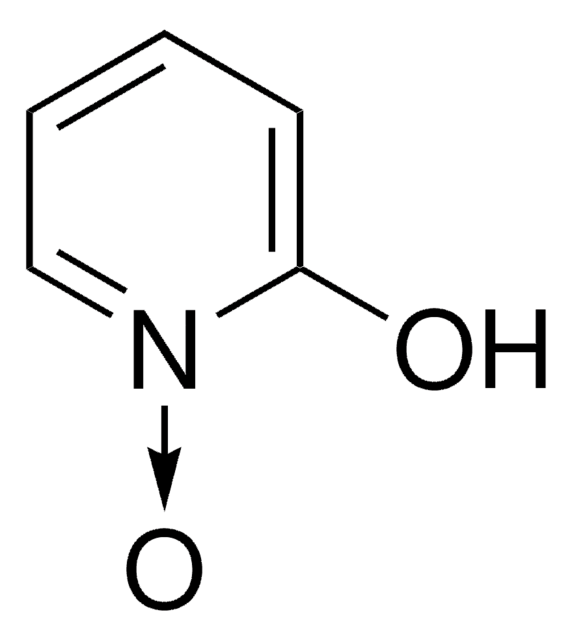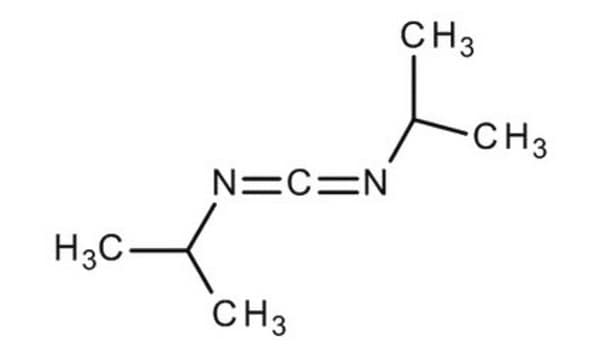233412
Ethyl (hydroxyimino)cyanoacetate
97%, for peptide synthesis
Synonym(s):
Ethyl cyano(hydroxyimino)acetate, Ethyl cyanoglyoxalate-2-oxime, Ethyl isonitrosocyanoacetate
About This Item
Recommended Products
product name
Ethyl (hydroxyimino)cyanoacetate, 97%
Assay
97%
form
solid
mp
130-132 °C (lit.)
application(s)
peptide synthesis
SMILES string
CCOC(=O)C(=N\O)\C#N
InChI
1S/C5H6N2O3/c1-2-10-5(8)4(3-6)7-9/h9H,2H2,1H3/b7-4+
InChI key
LCFXLZAXGXOXAP-QPJJXVBHSA-N
Looking for similar products? Visit Product Comparison Guide
General description
Ethyl (hydroxyimino)cyanoacetate is also called as Oxyma. It is a highly efficient greener alternative for the amide and peptide synthesis.
Application
Storage Class Code
11 - Combustible Solids
WGK
WGK 3
Flash Point(F)
Not applicable
Flash Point(C)
Not applicable
Personal Protective Equipment
Certificates of Analysis (COA)
Search for Certificates of Analysis (COA) by entering the products Lot/Batch Number. Lot and Batch Numbers can be found on a product’s label following the words ‘Lot’ or ‘Batch’.
Already Own This Product?
Find documentation for the products that you have recently purchased in the Document Library.
Customers Also Viewed
Our team of scientists has experience in all areas of research including Life Science, Material Science, Chemical Synthesis, Chromatography, Analytical and many others.
Contact Technical Service









![COMU 1-[(1-(Cyano-2-ethoxy-2-oxoethylideneaminooxy) dimethylaminomorpholino)] uronium hexafluorophosphate Novabiochem®](/deepweb/assets/sigmaaldrich/product/images/237/337/13566c06-8931-4cc2-8621-c8742a392cd6/640/13566c06-8931-4cc2-8621-c8742a392cd6.jpg)

